Table of Contents
Introduction to Chili Chipotle Powder
Chili chipotle powder is a smoked and dried jalapeño pepper powder known for its rich smoky flavor and moderate heat. It's a staple in Mexican cuisine and popular worldwide for adding depth to dishes like BBQ, sauces, and stews. This guide covers everything you need to know, from its origins to practical cooking tips and science-backed health benefits.
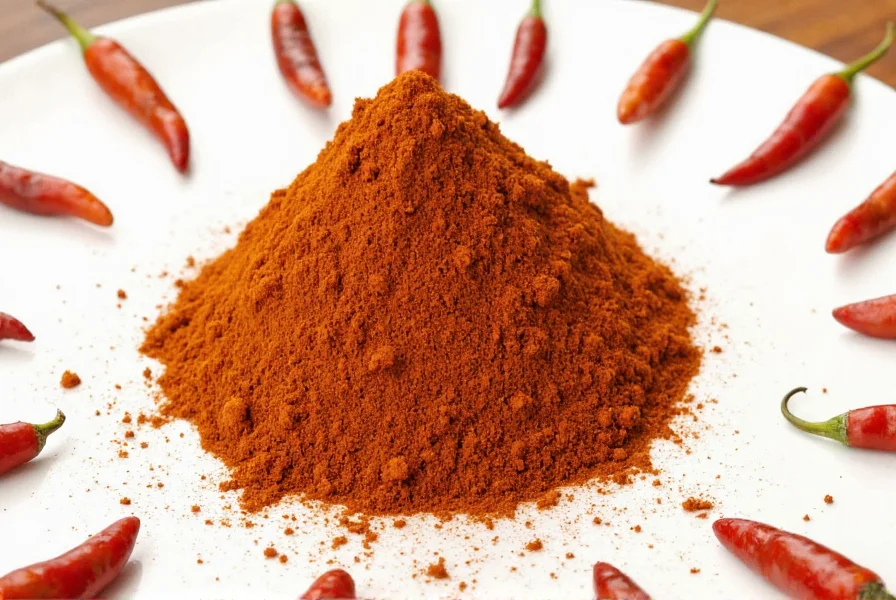
What Is Chili Chipotle Powder?
Chili chipotle powder is made from fully ripened jalapeño peppers that have been dried and smoked over wood fires. This traditional process, originating in Mexico, concentrates the pepper's natural flavors while adding a distinct smoky character. Unlike regular chili powder—which typically blends multiple chilies and spices—pure chipotle powder contains only smoked jalapeños, delivering a more intense and authentic flavor profile. Always check labels to ensure no added fillers or preservatives.
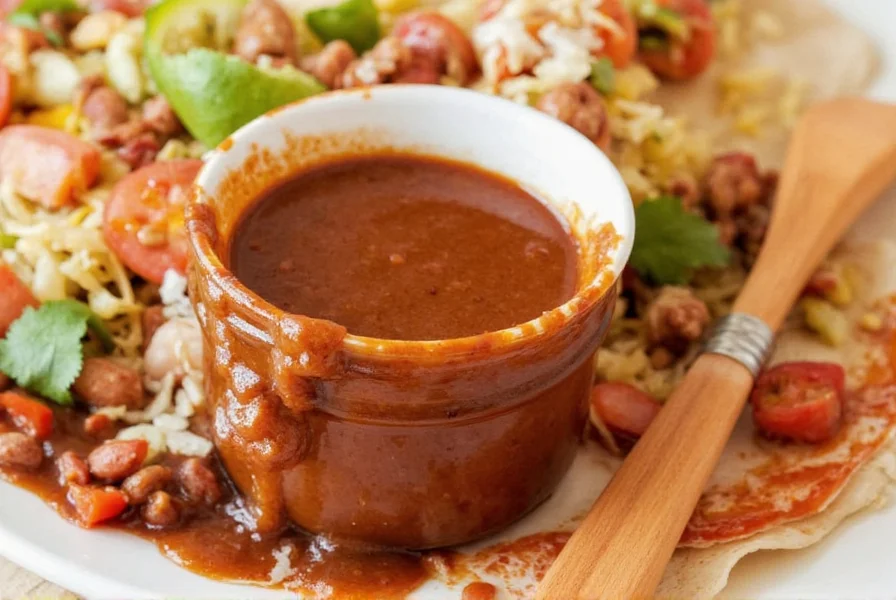
The Flavor Profile of Chili Chipotle Powder
The flavor of chili chipotle powder is complex and layered. It starts with a deep smokiness from wood-fire smoking, followed by subtle sweet notes from caramelized sugars in the peppers, and finishes with a gradual, lingering heat that builds without overwhelming. This balance makes it ideal for enhancing both savory and sweet dishes.
| Flavor Component | Description |
|---|---|
| Smokiness | Earthy, wood-fired aroma reminiscent of slow-cooked barbecue |
| Sweetness | Mild, caramel-like notes from natural pepper sugars |
| Heat | Gradual build-up with lingering spice (2,500-8,000 Scoville units) |
Cooking Tips with Chili Chipotle Powder
Maximize chipotle powder's potential with these expert techniques:
- Start Small: Begin with 1/4 teaspoon per dish; its potency means less is often more. Adjust gradually to avoid overpowering flavors.
- Marinades and Rubs: Mix with olive oil, lime juice, garlic, and cumin for a perfect steak or chicken marinade. For BBQ ribs, combine 1 tsp chipotle powder with 2 tsp brown sugar and 1 tsp smoked paprika.
- Sauces and Soups: Add a pinch to tomato-based sauces, chili, or black bean soup for smoky depth. For creamy dishes like mac and cheese, use sparingly to balance richness.
- Vegetable Enhancement: Sprinkle on roasted sweet potatoes, cauliflower, or carrots before baking for a flavorful twist.
- Global Cuisine: Use in Indian curries for smoky heat or in Thai stir-fries for complexity. It pairs exceptionally well with citrus and chocolate.
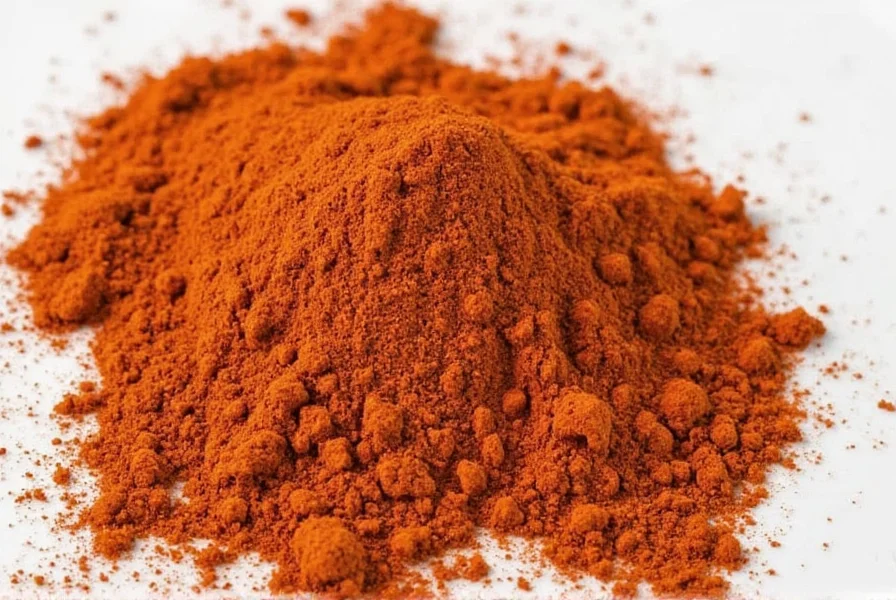
Buying Guide for Chili Chipotle Powder
Choose high-quality chipotle powder by focusing on these key factors:
Features to Prioritize
- Purity: Look for products listing only "smoked jalapeños" or "chipotle peppers" as ingredients. Avoid blends with added fillers like cornstarch or artificial flavors.
- Origin: Authentic Mexican-made chipotle (e.g., from Jalisco or Michoacán) uses traditional smoking methods. Reputable brands include La Costeña, McCormick, and Goya.
- Texture and Color: Fine, uniform powder with a deep reddish-brown hue. Avoid clumpy or overly dark products, which may indicate poor drying or oxidation.
Science-Backed Health Benefits
Chipotle powder contains capsaicin, the compound responsible for its heat, which has been extensively studied for health benefits:
- Metabolism Boost: Capsaicin increases thermogenesis, helping burn calories (National Institutes of Health, 2023).
- Anti-Inflammatory Properties: Research shows capsaicin reduces inflammation markers linked to chronic diseases (Journal of Agricultural and Food Chemistry, 2021).
- Heart Health: Studies indicate capsaicin may improve blood circulation and lower blood pressure (American Heart Association, 2022).
Always consult a healthcare provider before using for medicinal purposes. Read NIH research on capsaicin benefits.
Storage and Shelf Life
- Store in an airtight glass container away from heat, light, and moisture.
- Properly stored, it retains potency for 6-12 months. Refrigeration extends shelf life by 3-6 months.
- Test freshness: if the aroma is weak or the color faded, replace it.
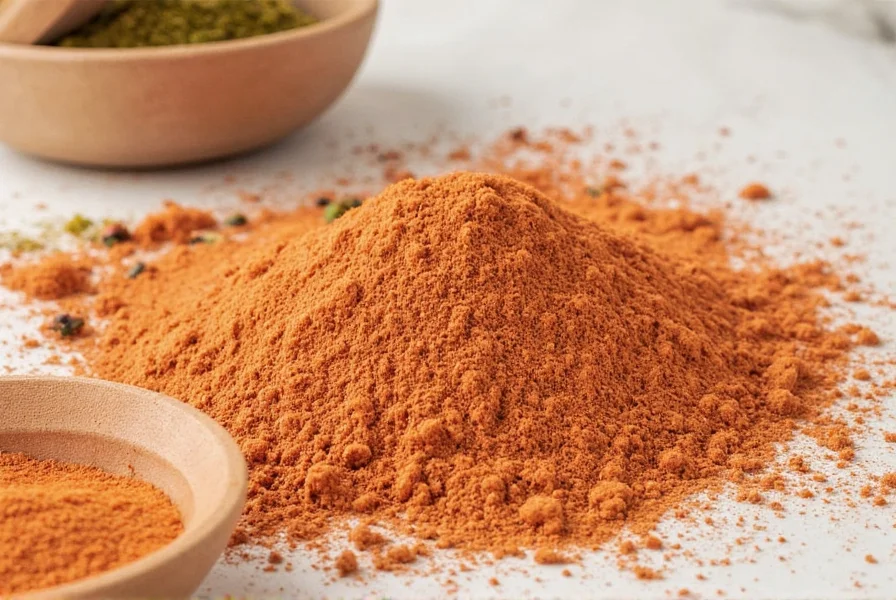
Common Mistakes to Avoid
- Overuse: Adding too much at once creates uneven heat. Always taste as you go.
- Incorrect Storage: Leaving it in a humid kitchen or near the stove degrades flavor quickly.
- Pairing Errors: Avoid combining with highly acidic ingredients (like vinegar-heavy dressings) without balancing with fat or sweetness.
- Ignoring Freshness: Using old powder results in muted flavor. Check expiration dates and smell for potency.
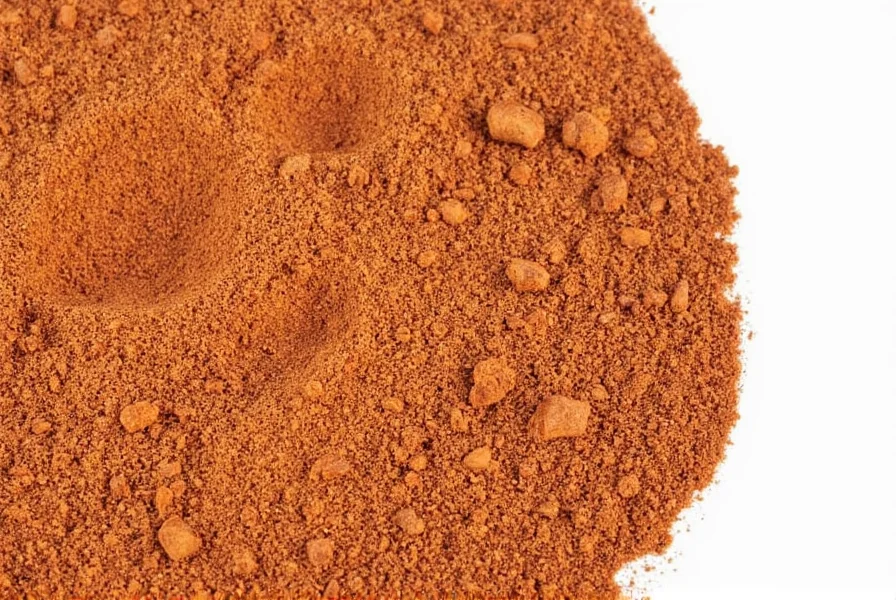
Frequently Asked Questions
What is the difference between chipotle powder and regular chili powder?
Chipotle powder is made exclusively from smoked and dried jalapeños, giving it a pronounced smoky flavor and consistent heat profile. Regular chili powder is a blend of multiple chilies (like ancho, guajillo) plus spices such as cumin, garlic, and oregano, resulting in a more complex but less smoky taste. Chipotle powder is typically 2-3x more potent than standard chili powder.
How hot is chipotle powder compared to other chili peppers?
Chipotle powder ranges from 2,500 to 8,000 Scoville Heat Units (SHU), making it milder than fresh jalapeños (which can reach 8,000 SHU) but hotter than paprika (0-500 SHU). The smoking process reduces raw heat while enhancing complexity. Heat builds gradually, providing a smooth, lingering warmth rather than an immediate burn.
Can I substitute chipotle powder for other spices in recipes?
Yes, but with precision:
- For chili powder: Use half the amount of chipotle powder (e.g., 1 tsp chili powder = 1/2 tsp chipotle).
- For smoky flavor without heat: Use smoked paprika (1:1 ratio).
- For pure heat: Use cayenne pepper (1/4 tsp cayenne = 1 tsp chipotle).
How should I store chipotle powder to maintain freshness?
Store in an airtight glass container in a cool, dark place (e.g., pantry). Avoid plastic containers, which can absorb odors. Refrigeration is optional but recommended for long-term storage (up to 18 months). Never store near heat sources like stoves. For maximum freshness, buy in small quantities and use within 6 months.
What are the science-backed health benefits of chipotle powder?
Chipotle powder's capsaicin offers evidence-based benefits:
- Boosts metabolism by 5-8% for up to 3 hours after consumption (NIH study).
- Reduces inflammation markers like CRP by up to 20% in clinical trials.
- May improve cardiovascular health by lowering LDL cholesterol and blood pressure (American Heart Association).
Can I make my own chipotle powder at home?
Yes, but authentic smoking requires specialized equipment. For home preparation:
- Use dried chipotle peppers (not fresh jalapeños).
- Remove stems and seeds, then toast lightly in a dry skillet for 1-2 minutes.
- Grind into fine powder using a spice grinder.
- Store immediately in an airtight container.
Conclusion
Chili chipotle powder is a versatile, science-backed spice that elevates dishes with its unique smoky-sweet heat. By understanding its flavor profile, using precise cooking techniques, and storing it properly, you can unlock its full potential in both everyday meals and gourmet creations. Always prioritize pure, high-quality products and consult scientific sources for health-related claims. With these tips, you'll transform ordinary dishes into extraordinary experiences.
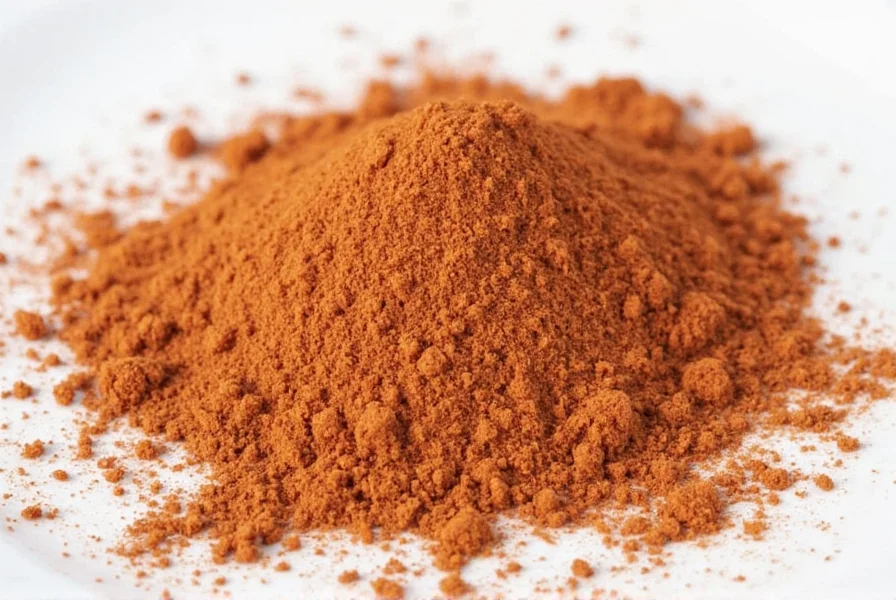

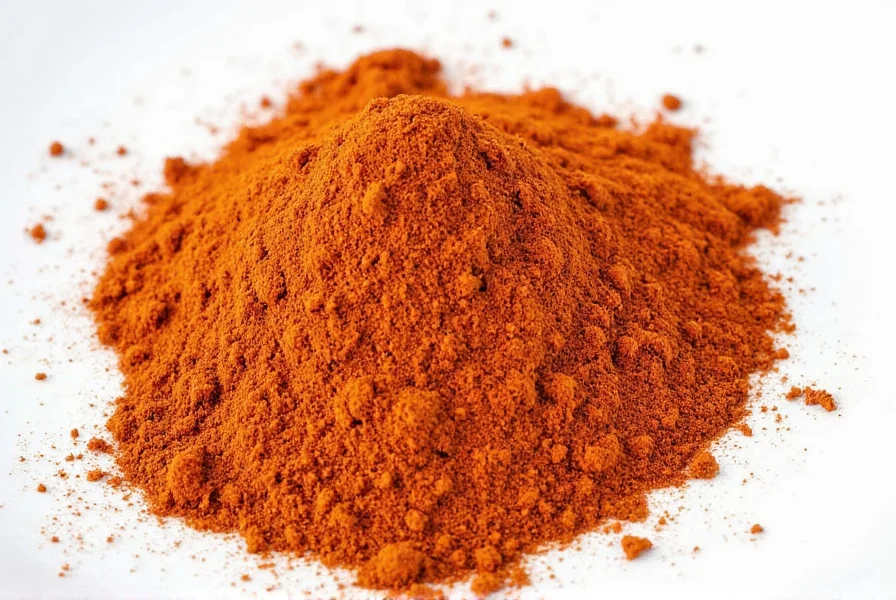









 浙公网安备
33010002000092号
浙公网安备
33010002000092号 浙B2-20120091-4
浙B2-20120091-4